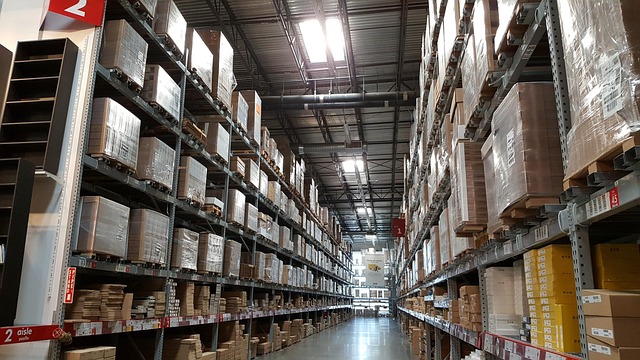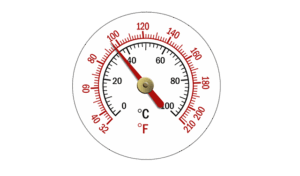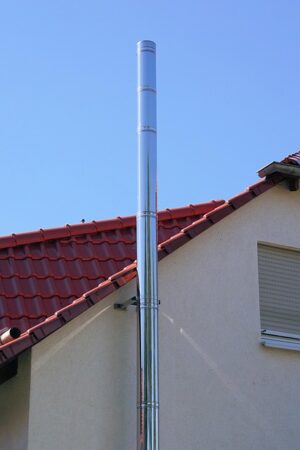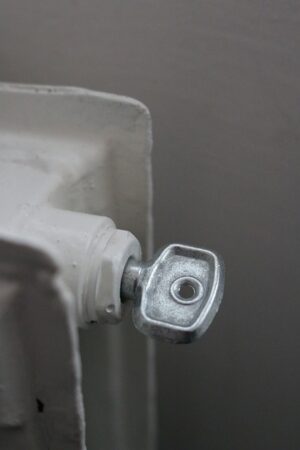Instant water heaters, offering on-demand hot water without storage tanks, are energy-efficient and space-saving, ideal for smaller living spaces. Two main types, tankless (more expensive) and instant hot water systems, provide continuous, eco-friendly benefits with no waiting times. Installation requires preparation: gather tools, ensure ventilation, and wear safety gear. The simple process involves removing old components, installing the heater, reconnecting water lines, and testing for leaks. Regular maintenance, including inspections and addressing issues promptly, ensures optimal performance and longevity of these point-of-use heaters.
Looking to upgrade your home’s hot water system? Consider installing a point-of-use (POU) instant water heater under your sink. This efficient, on-demand solution offers immediate, hot water without the storage tank or energy waste. In this comprehensive guide, we explore the benefits and types of POU heaters, walk you through a detailed installation process for an under-sink model, and provide essential maintenance tips to ensure longevity.
- Understanding Instant Water Heaters: Benefits and Types
- Preparation for Installation: Tools and Safety Measures
- Step-by-Step Guide to Installing an Under-Sink Model
- Maintenance and Troubleshooting Tips for Longevity
Understanding Instant Water Heaters: Benefits and Types

Instant water heaters have revolutionized the way we access hot water, offering numerous benefits over traditional tank-based systems. These heaters provide on demand hot water, eliminating the need for storage tanks and reducing energy wastage. One of the key advantages is their space-saving design, making them ideal for smaller spaces like apartments or homes with limited bathroom real estate.
There are two main types: tankless water heating systems, which heat water as it flows, and instant hot water systems that use a heating element to provide immediate hot water at the point of use. Both options boast energy efficient heating, minimizing electricity or gas consumption compared to traditional heaters. While tankless systems are generally more expensive upfront, they offer continuous whole house systems benefits with no waiting time for hot water, making them a popular choice among eco-conscious and budget-minded consumers alike.
Preparation for Installation: Tools and Safety Measures

Before installing an instant water heater under your sink, a few essential preparations and safety measures should be in place. Start by gathering all necessary tools, including wrenches, pliers, and any specific hardware included with your unit. Ensure proper ventilation in the space to avoid the buildup of gases, especially if you’re using a gas-powered model. Turn off the water supply valves located under the sink to prevent any accidents during installation.
Protect yourself by wearing safety gear, such as gloves and eye protection. Double-check that the area is well lit for clear visibility throughout the process. Remove any existing debris or obstructions around the sink and heater placement area. This step ensures a smooth installation process and easy access for future maintenance.
Step-by-Step Guide to Installing an Under-Sink Model

Installing an under-sink instant water heater is a straightforward process that can save space and provide continuous hot water on demand. Here’s a step-by-step guide to ensure a hassle-free installation. First, turn off the water supply valves located under the sink. This prevents any accidents or leaks during the installation process. Next, remove the existing faucet and drain lines from the sink area, setting them aside for later use. Clear the space beneath the sink, ensuring there’s enough room to accommodate the new instant water heater model.
Once prepared, position the under-sink water heater in place, aligning it with the mounting holes. Secure it firmly using the included hardware and make sure all connections are tight. Reconnect the cold water supply line to the heater, then attach the hot water line from the heater to your existing plumbing system. Test the connections for any leaks and adjust as needed. Finally, reinstall the faucet and drain lines, ensuring they’re properly sealed. With the installation complete, you can now enjoy the convenience of on-demand hot water with a space-saving, energy-efficient point-of-use heater.
Maintenance and Troubleshooting Tips for Longevity

Proper maintenance is key to ensuring your point-of-use instant water heater functions optimally and lasts for years. Regularly inspect the unit for any signs of damage or corrosion, especially around the heating element and electrical connections. Keep the area around the heater clean and free from debris to prevent obstructions. Debris buildup can disrupt the heating process and lead to inefficient performance.
When it comes to troubleshooting, pay attention to any changes in water temperature or flow. If you notice a decline in hot water pressure, it might indicate a clog in the unit’s filters. Cleaning or replacing these filters according to the manufacturer’s instructions can resolve this issue. For electric models, check for loose connections at the control panel and ensure proper grounding. With gas heaters, inspect the gas line connections and look out for any leaks. Regular maintenance and prompt addressing of potential issues will contribute to the longevity of your instant water heater, ensuring continuous, energy-efficient, space-saving hot water for your home, whether you opt for tankless water heating or on-demand hot water systems.
Instant water heaters, especially under-sink models, offer a convenient and efficient solution for your hot water needs. By following the step-by-step guide and safety measures outlined in this article, you can successfully install one under your sink, providing quick access to hot water without the need for a traditional tank. With proper maintenance, these heaters can last for years, ensuring a steady supply of hot water for your daily routines. Remember to address any issues promptly using the provided troubleshooting tips to maintain optimal performance.






